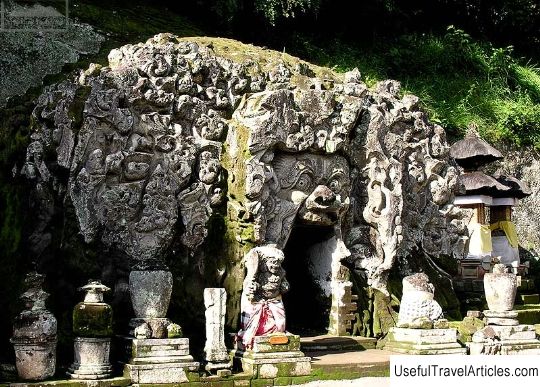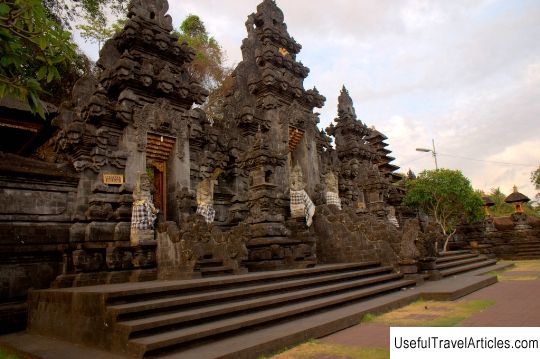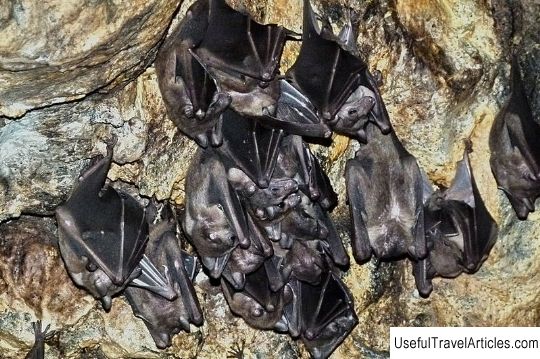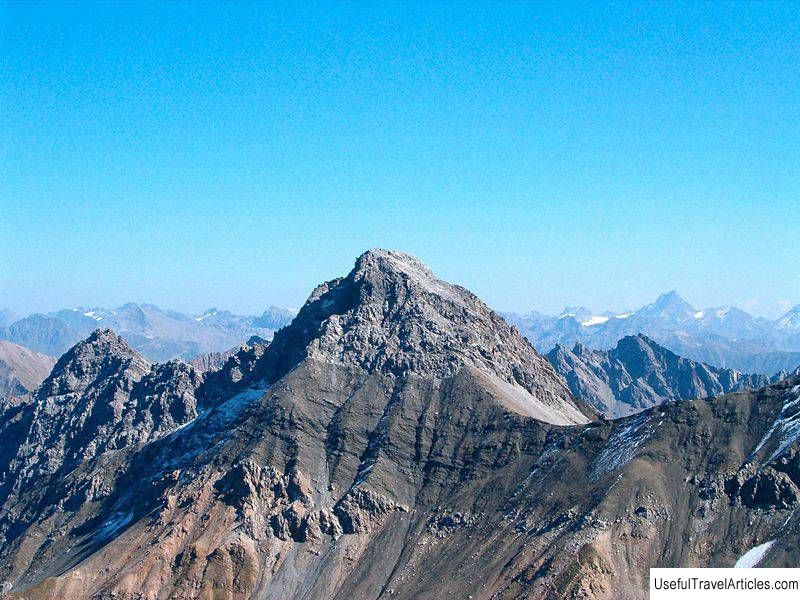Goa Gadzha (”Elephant Caves”) (Goa Gadzhah) description and photos - Indonesia: Bali Island
Rating: 8,7/10 (987 votes) 
Goa Gadzhah ("Elephant Caves") description and photos - Indonesia: Bali Island. Detailed information about the attraction. Description, photographs and a map showing the nearest significant objects. The title in English is Goa Gadzhah. Photo and descriptionIn the north of Bali, near the village of Bedulu, there is the Goa Gaja cave, surrounded by rice fields. According to archaeologists, the cave acquired its present appearance in about 1022. Although the cave itself is much older. Its history, dating back to the 9th century AD, mixed ancient Buddhist and Hindu origins. Some researchers believe that Goa Gajah was dug by hand by Hindu priests and later used the cave as a refuge or sanctuary. There are 15 niches inside the cave that could have been used for meditation and living. There is also evidence that the cave had a special religious significance among the early Buddhists: many Buddhist relics were found there. Goa Gadzha is still fraught with many mysteries and secrets, which have yet to be solved. Of interest is the entrance to the cave - it is a large stone bas-relief carved into the rock, in the form of a demon's head, vaguely resembling the head of an elephant. The open mouth frames the very entrance to the cave. Researchers have not come to a consensus on how and why the cave got its name. According to one version, the bas-relief decorating the entrance could symbolize an elephant. On the other - `` elephant '' The cave is named after the statue of Ganesha, the Hindu god of well-being, depicted as a man with the head of an elephant, standing inside it. If you walk through the cave, you can see three lingams (symbols) of Shiva - black cylinders half a meter high on one common pedestal in the eastern part of the cave. The territory of Goa Gadj is not limited to a cave: there is a fountain with statues near the entrance to it. The statues are female figures holding jugs in their hands, from which water is constantly poured into the pool. Historians believe that this pool could have been used as a bath for bathing before meditation. The first European set foot on the land of this part of Bali at the beginning of the 20th century, and the baths were found only during excavations in 1954. There is still a lot to be found in Goa Gadja to shed light on the history of the Balinese who lived here almost a millennium ago.        We also recommend reading Ethnographic Museum (Peloponnesian Folk Art Museum) description and photos - Greece: Nafplio Topic: Goa Gadzha (”Elephant Caves”) (Goa Gadzhah) description and photos - Indonesia: Bali Island. |




